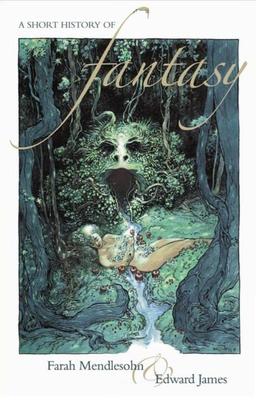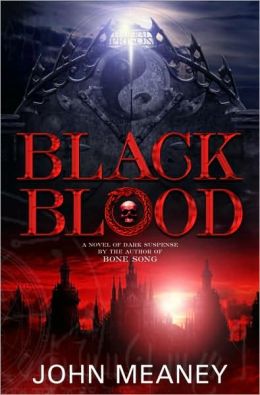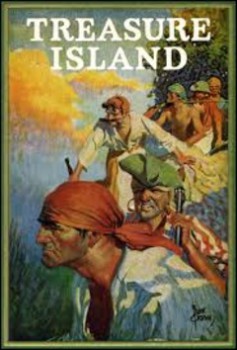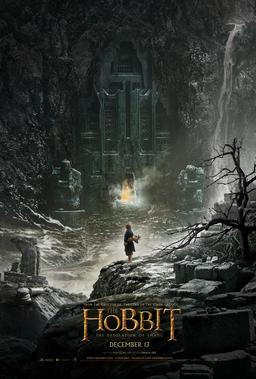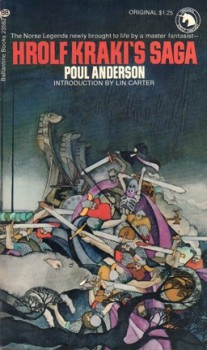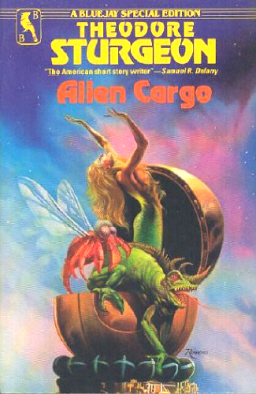Self-Published Book Review: Vampire Siege at Rio Muerto by John M. Whalen
 I have a soft spot for Weird Westerns. (I know, last month I said I have a soft spot for dwarves. Well, they’re both true. If anyone ever writes a Weird Western with a dwarf protagonist, I’ll be all over it.) This wasn’t always the case, but a couple of years ago I had an idea for a story that turned out to be a Weird Western, and I developed an appreciation for the genre in the process of writing it. (Not that I’ve yet managed to sell that story, but that’s neither here nor there.)
I have a soft spot for Weird Westerns. (I know, last month I said I have a soft spot for dwarves. Well, they’re both true. If anyone ever writes a Weird Western with a dwarf protagonist, I’ll be all over it.) This wasn’t always the case, but a couple of years ago I had an idea for a story that turned out to be a Weird Western, and I developed an appreciation for the genre in the process of writing it. (Not that I’ve yet managed to sell that story, but that’s neither here nor there.)
I didn’t want to review Vampire Siege at Rio Muerto last month, partly because I had just reviewed a vampire book the month before, and to be honest, I’m not much of a fan of vampires. At least in this book, the vampires were unabashedly bad guys, drinking the blood of the living and engaging in all sorts of debauchery. The main character of the book is Mordecai Slate, a professional vampire hunter in the Old West. Apparently, vampires were more of a problem back then than I realized. Mordecai has been hired to capture, rather than kill, a vampire, and to bring him back to be staked by Don Pedro to avenge his daughter. It’s an unusual mission for Mordecai, but the pay is very good, so he takes it.
Capturing the vampire, Kord Manion, proves easy enough, but soon Kord’s brother Dax and his gang are on Mordecai’s tail. He plans to set up an ambush for the six of them, but he runs into some trouble on the way, rescuing a girl from some outlaws, and gets himself shot. He needs to visit the doctor at the small town of Rio Verde, renamed Rio Muerto since the river dried up, and that doesn’t give him enough time to recover before Dax and his gang are at the town’s doorstep and he needs to convince the suspicious townsfolk to help him before the place is destroyed.
